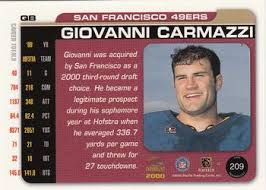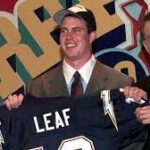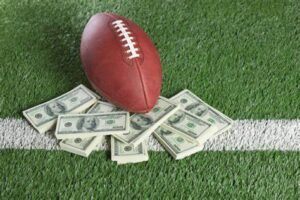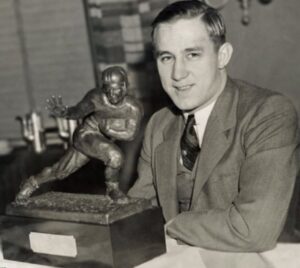by Bob Sparrow
Last week Sis gave a great history of the NFL Draft as well as some interesting sidebars. As luck (not sure if it was good or bad luck) would have it, I was in Las Vegas last week during the festivities, although far enough from ‘The Strip’ to avoid most of the hoopla, but close enough to feel the vibe.
Suzanne mentioned the embarrassment of quarterback, Brady Quinn (or most likely the draft organizers) who was put in a very visible spot, thinking that he was going to be drafted in the first or second round, when in fact he wasn’t picked until round 22! So, he surely entered the NFL with a chip on his shoulder. Unfortunately, that chip was probably on his throwing shoulder as his NFL career was less that sterling. He ‘played’ in the NFL for 7 years, was on 5 different teams, only played in 24 games in his total career, and had more interceptions (17) than touchdowns (12). So, the NFL scouts got that one right. But before you feel too sorry for Mr. Quinn, he currently works for Fox Sports as a football analyst at a salary of $715,000 a year and has a net worth of over $10 million.
But many times, in fact more than you’d think, the scouts get it wrong. I say more than you think, because the process of hiring an employee in the NFL is very different from most businesses. Employers, rather than looking at resumes that most likely have a few hyperboles in it, and having an hour-long interview with a potential hire, NFL scouts have several years of game films to look at, doctor reports, work outs at the NFL Combine and extended conversation with a potential employee’s last boss (college coach). So, getting the draft wrong would seem highly unlikely, but it’s not.
The quintessential “NFL Draft Oops” was in the 2000 draft when Tom Brady, now arguably the greatest player to ever play the game, was picked in the 6th round, making him the 199th player selected – six other quarterbacks were drafted before him – you’re not alone if you don’t recognize any of their names, Spergon Wynn, Tee Martin, Chad Pennington, Chris Redman, Marc Bulger and Giovanni Carmazzi. I’m not making these names up!!
Other notable ‘Oops’ are Shannon Sharp, drafted 192nd in the 1990 draft, who became an All Pro tight end and was ultimately inducted into the NFL Hall of Fame. Joining him in the Hall was Joe Montana, drafted 82nd in the 1979 draft and lead the 49ers to four Super Bowls.
The scouts get it wrong the other way as well. Ryan Leaf, was the 2nd player picked in the 1998 draft behind Payton Manning. In his NFL rookie year, Leaf threw 2 touchdowns and 15 interceptions; and that wasn’t the worst of it, he was a jerk who was despised by both his teammates and his coaches. He played four uneventful seasons in the NFL and threw for 14 touchdowns and 36 interceptions. But, apparently being a ’NFL Quarterback Bust’ is a career path to being a football analyst for a major network, as that’s what Leaf is doing now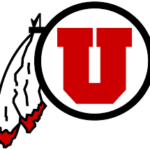 for ESPN.
for ESPN.
I’m guessing that some of those scouts involved in the aforementioned draft picks are now working for Fox or ESPN . . . as janitors. With the NFL draft now over, football season cannot be far off – can’t wait, especially for the colleges! Go Utes!!!

